Volcanic gravel/sand
pyromanic
9 years ago
Related Stories
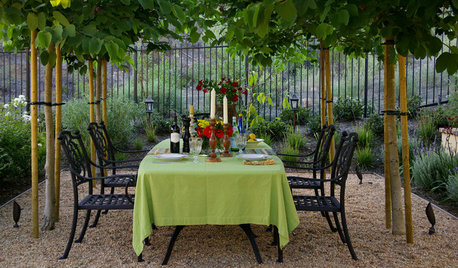
LANDSCAPE DESIGNEnjoy the Romance of Dining in a Classic Gravel Garden
Here’s what to consider when it comes to installing, styling and maintaining a DIY-friendly gravel patio
Full Story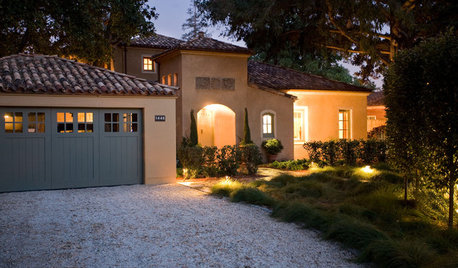
REMODELING GUIDESGravel Driveways: Crunching the Pros and Cons
If you want to play rough with your driveway, put away the pavers and choose the rocky road
Full Story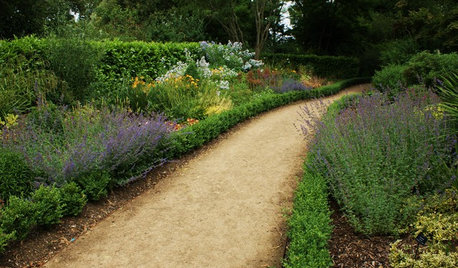
LANDSCAPE DESIGN5 Gravel and Stone Types for a Rockin' Landscape
Give your garden design some textural bam with pebbles, granite, river rocks and other permeable materials
Full Story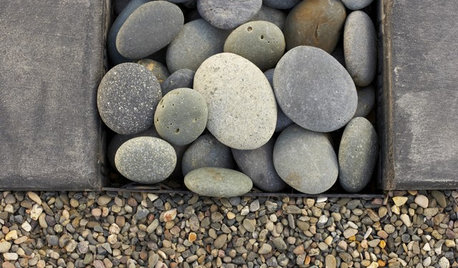
LANDSCAPE DESIGNThe Right Stone for Your Garden Design
Gravel, pebble, cobble and paddle: Stones vary in size and shape, and have different uses in the landscape
Full Story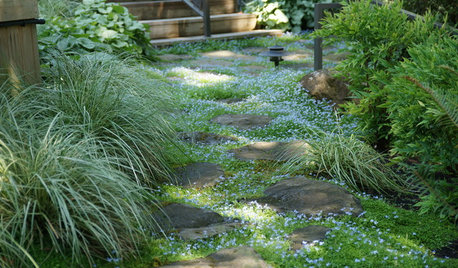
LANDSCAPE DESIGNHow to Pick the Right Floor for Your Garden Room
Crunch the facts on gravel, flagstone, brick, tile and more with our mini guide to outdoor flooring surfaces
Full Story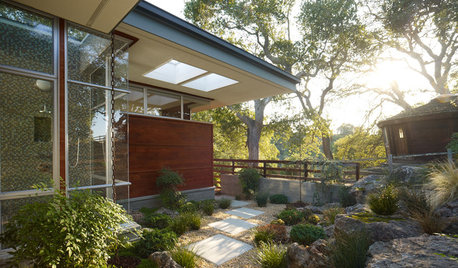
LANDSCAPE DESIGNSoak It Up: How to Manage Stormwater in Your Landscape
Permeable paving, gravel beds and planted areas in your yard can absorb and cleanse stormwater runoff. Here's how it works
Full Story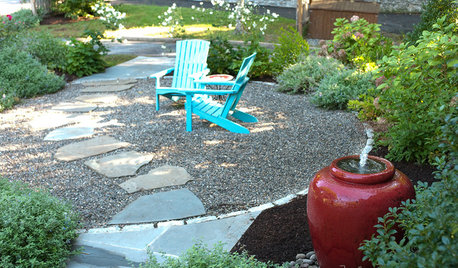
GARDENING AND LANDSCAPINGPatio Pavers Rock Out
Pair stone or gravel with bigger pavers for a patio design that guests will pay tribute to
Full Story
LANDSCAPE DESIGNLandscaping Tricks to Manage Stormwater Runoff
Help rainwater absorb slowly back into the earth with paving grids, gravel beds and other porous systems
Full Story
GARDENING GUIDESGarden Myths to Debunk as You Dig This Fall and Rest Over Winter
Termites hate wood mulch, don’t amend soil for trees, avoid gravel in planters — and more nuggets of garden wisdom
Full Story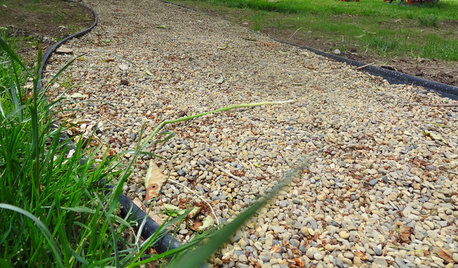
GARDENING AND LANDSCAPINGDIY Pathway Puts Landscapes on the Right Track
Create a road more traveled in your backyard, and save your lawn from foot traffic, with this easy, affordable gravel path
Full Story





jean001a
Kimmsr
Related Professionals
Mount Wilson Landscape Architects & Landscape Designers · Woburn Landscape Contractors · Arlington Landscape Contractors · Athens Landscape Contractors · Blue Springs Landscape Contractors · Kettering Landscape Contractors · Nutley Landscape Contractors · Pleasant Grove Landscape Contractors · Ronkonkoma Landscape Contractors · Chicago Ridge Landscape Contractors · Oxon Hill Landscape Contractors · American Fork Decks, Patios & Outdoor Enclosures · Boise Decks, Patios & Outdoor Enclosures · Del City Decks, Patios & Outdoor Enclosures · Frisco Decks, Patios & Outdoor EnclosurespyromanicOriginal Author
minitrucker
Kimmsr
CHFIII
davidrt28 (zone 7)
davidrt28 (zone 7)
Kimmsr
jean001a
Kimmsr
davidrt28 (zone 7)
pyromanicOriginal Author
Kimmsr
toxcrusadr